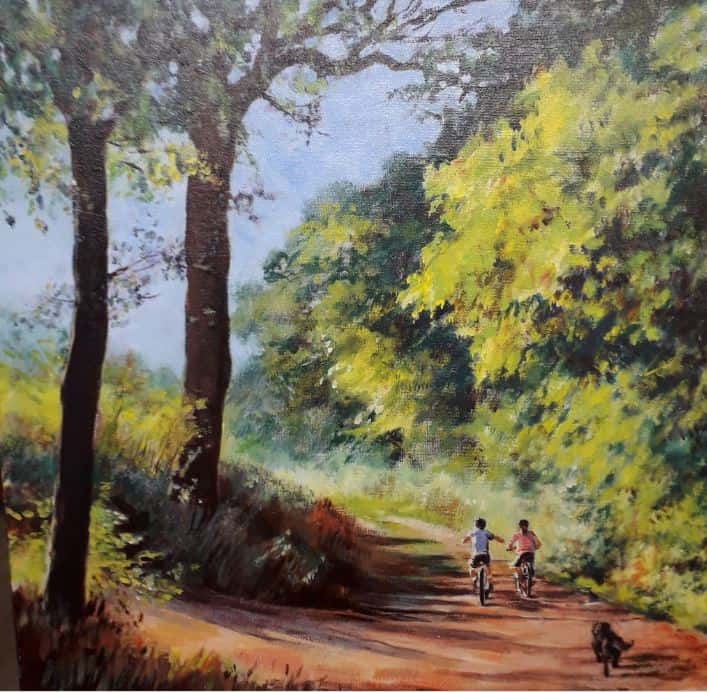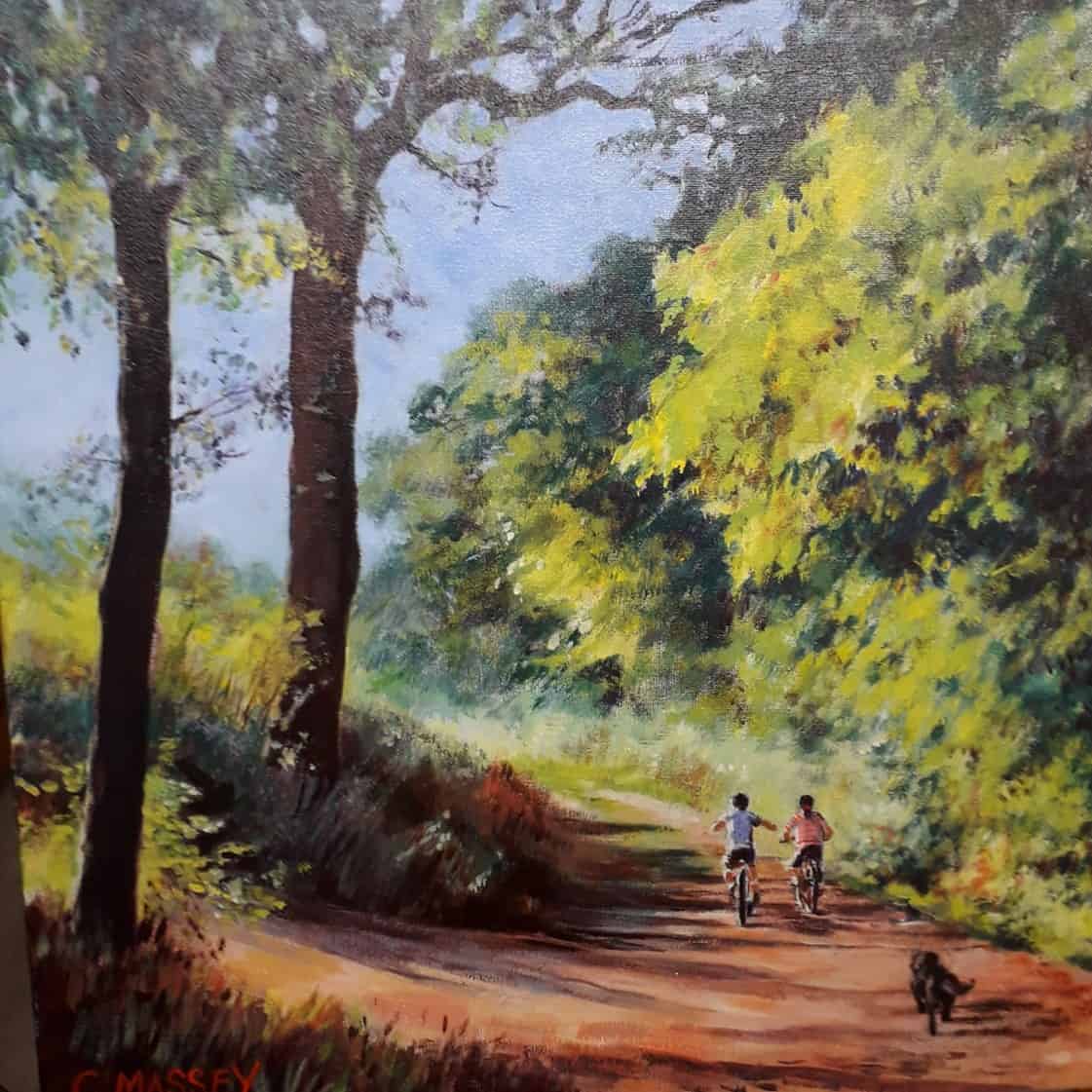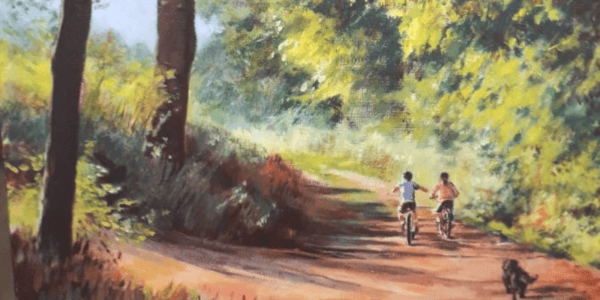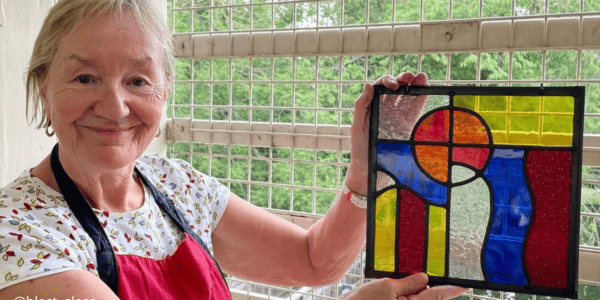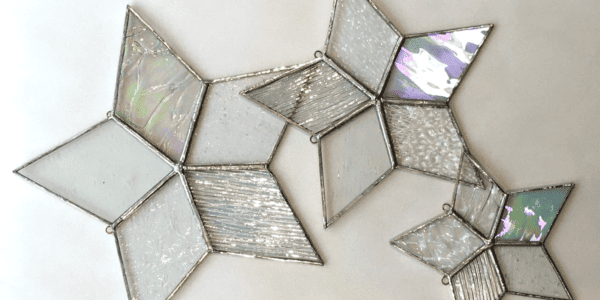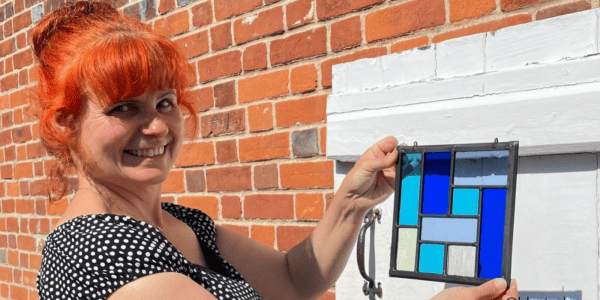Carole Massey will take you on an acrylic adventure! This course is designed to include a variety of techniques for using this, the most versatile of painting mediums.
Read more
On Saturday morning we will do a variety of exercises using acrylics like watercolours, brushed straight from the tube and used with a palette knife. We will explore the effects that gels and mediums can add texture and the finish of the paint, as well as trying out glazing and palette knife techniques.
Later on Saturday afternoon and during Sunday, you will be able to concentrate on a subject of your choice, or copy one of Carole’s examples displayed.
After supper on Saturday evening Carole will give a demonstration.
There will be both individual and group tuition throughout the course.
About the tutor
Carole Massey
Carole Massey is a popular and supportive tutor who has been teaching at Flatford Mill for over 20 years. She managed her own successful design partnership before returning to her first love of painting, which currently involves tutoring, demonstrations, private commissions, and exhibitions.
A recent portrait commission for the Bank of England of Sir Charles Bean, deputy governor now hangs in the bank in perpetuity. She is a regular contributor to The Leisure Painter magazine, has written many teaching Art books, published by Search Press, with international sales exceeding 250,000. Her latest books are “Drawing for the Absolute Beginner” and “The Beginners’ Guide to Drawing Portraits” which will be on sale on the course. She has exhibited and demonstrated at the Mall Galleries, London, and her work is in a number of private collections in the UK and abroad. She lives in Suffolk.
EMAIL ADDRESS: [email protected]
About Flatford Mill
We have four buildings that are used for visitor accommodation. Whilst most rooms are either en-suite or have a dedicated bathroom, there are some rooms in The Mill that share showers and toilets at the end of the hall. If this is un-suitable for you please make the office staff aware upon booking or as soon as possible. Please be aware that you are visiting a Field Centre that caters in the main for school parties; the accommodation is basic and dormitory style, but warm and comfortable.
Explore our range of oil and acrylic painting courses hosted by our engaging tutors and learn from their expertise and skills. Our art courses are a chance to meet like-minded people and a chance to unwind from everyday life. They are a great opportunity to experience the UK’s glorious countryside surrounding our field centres.
Example Timetable
Arrival Day
Check-in is between 1600-1800, if you are arriving after 1800 please advise us, so we can ensure you are advised of access codes, room key location, and room location.
You will meet the tutor at dinner, and you will have your first session after dinner.
What's Included
Full board accommodation and picnic lunch is available for resident bookings only.
Refreshments are included for all, but non-resident bookings are advised to bring lunch with you.
Before You Attend
What to Bring
Paints
If you have used acrylics before, bring what you have and are used to. If you plan to restock, you may like to consider the range of colours listed below.
Colours
- Lemon Yellow, Cadmium Yellow Medium Hue
- Yellow Ochre or Raw Sienna, Burnt Sienna
- Ultramarine, Phthalo Blue or Indanthrene Blue or Process Cyan
- Cadmium Red Hue, Permanent Rose or Alizarin Crimson
- Dioxazine Purple, Titanium White, Optional - Mixing White (Zinc White)
- Plus: Glazing medium is useful for transparent glazes
- Optional: Metallic and interference acrylics for experimentation if you have them
Brushes
Please bring at least 6 synthetic and/or bristle brushes so you have small, medium and large (size range 2-12) in a variety of shapes, e.g. round, filbert, flat, rigger etc. Makes such as Graduate, Pro-Art, or my favourite, RosemaryandCo - Shiraz, (synthetic) or Chungking bristle brushes www.rosemaryandco.co.uk
Paper/Board
- A4 cartridge pad or sketchbook for sketching out rough ideas
- An A3 (30 x 42cm) Galleria Acrylic pad, or other brands of acrylic paper or board or Bockingford NOT or semi-rough watercolour paper, 140lb. 300gsm
Palette
A ‘stay wet’ palette, specifically designed for acrylics is very useful to prevent paint drying out. If you would like to make your own wet palette system, please bring a metal or plastic tray, at least 11” x 7”, kitchen roll, several sheets of greaseproof cut to fit, and some cling film.
Other materials
- 2B pencil, an eraser, masking tape, kitchen roll
- A painting knife or knives
- An old shirt or apron to protect your clothes and a small water spray bottle or mister.

